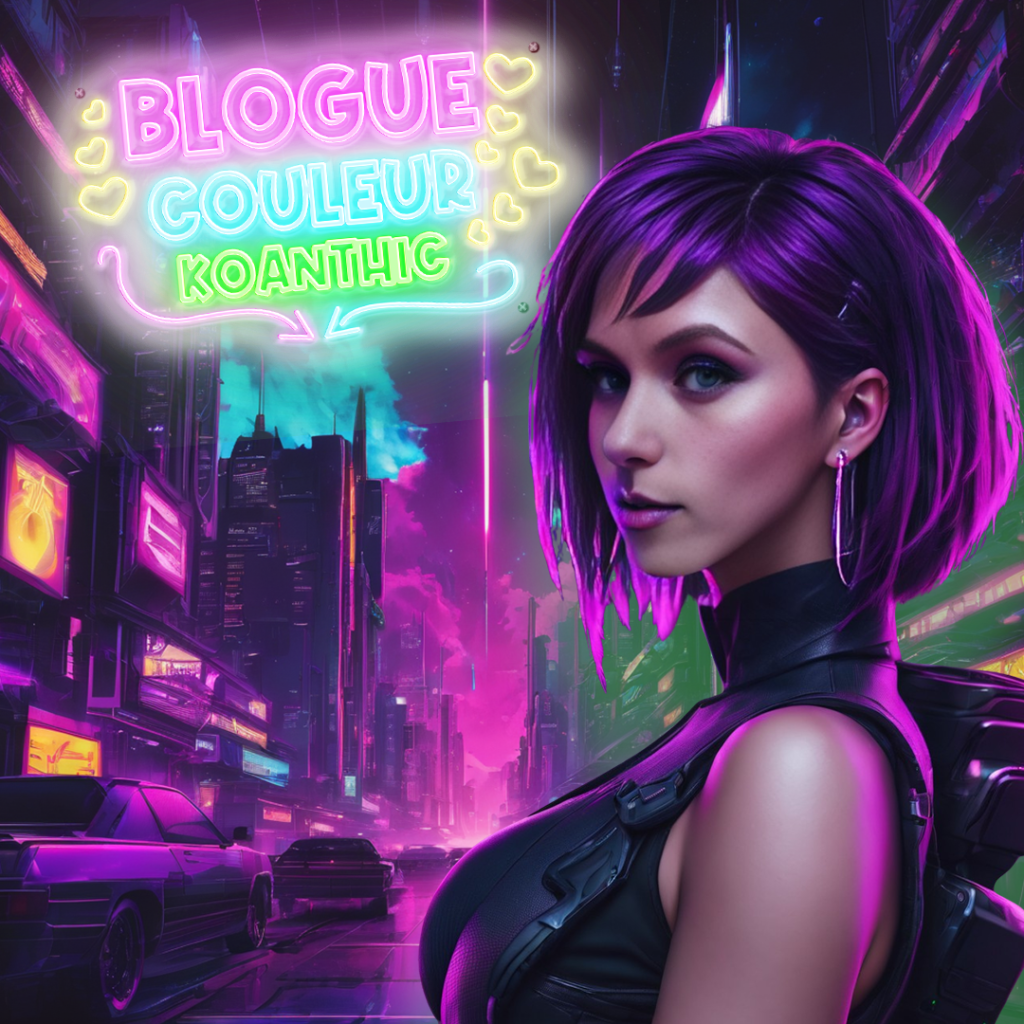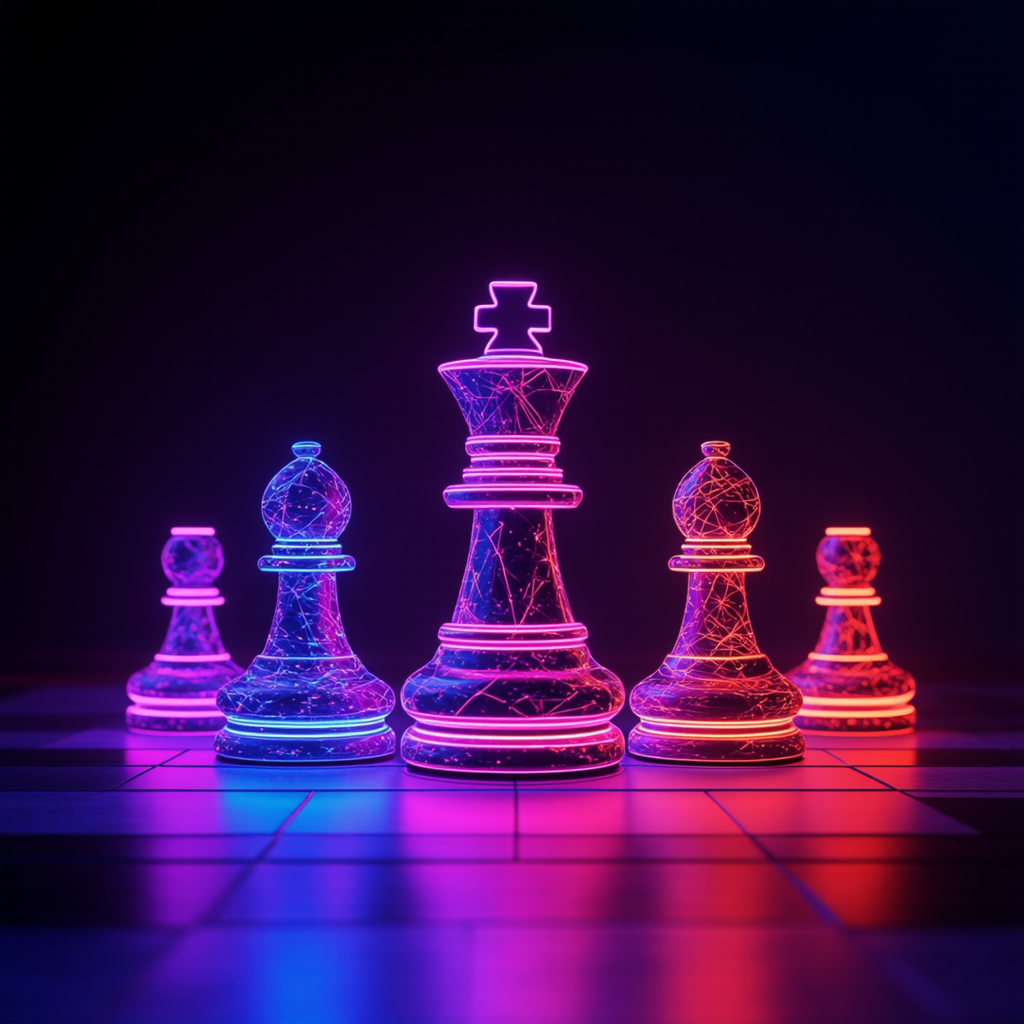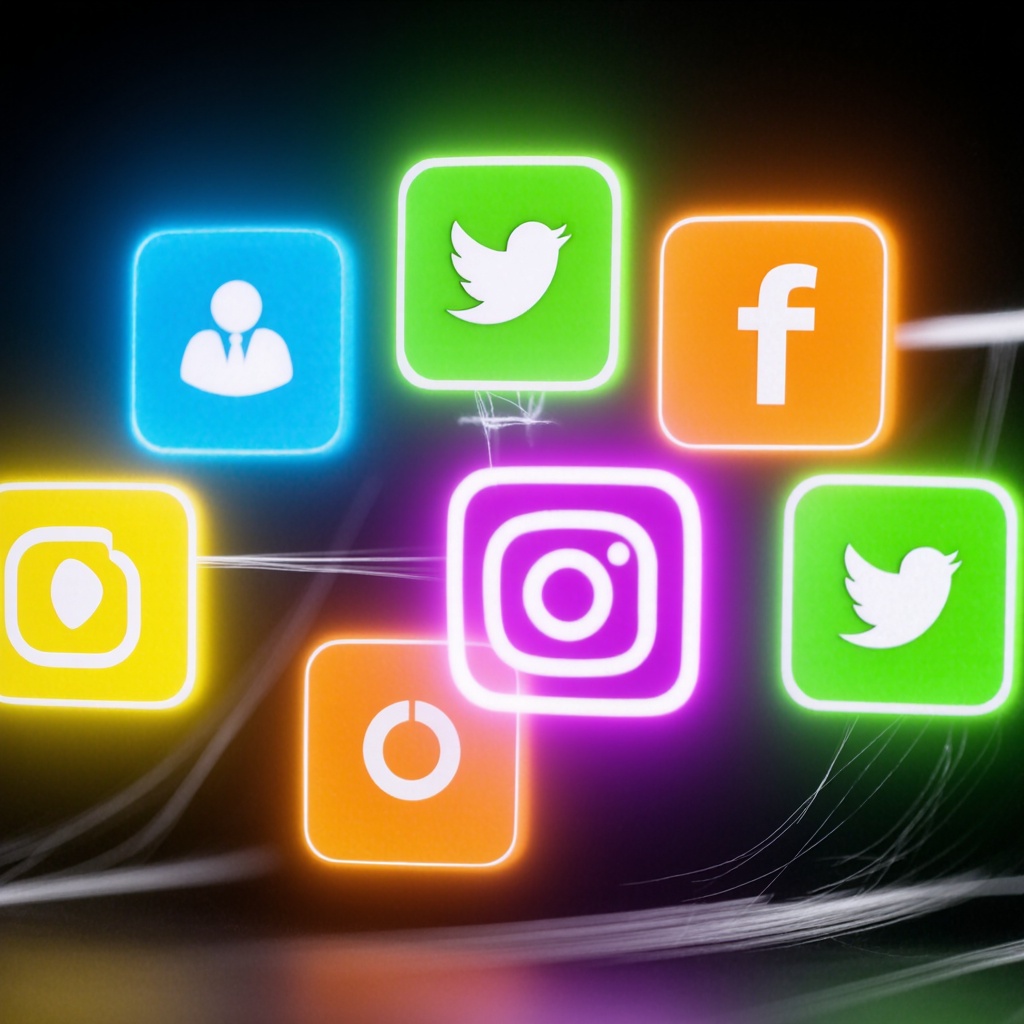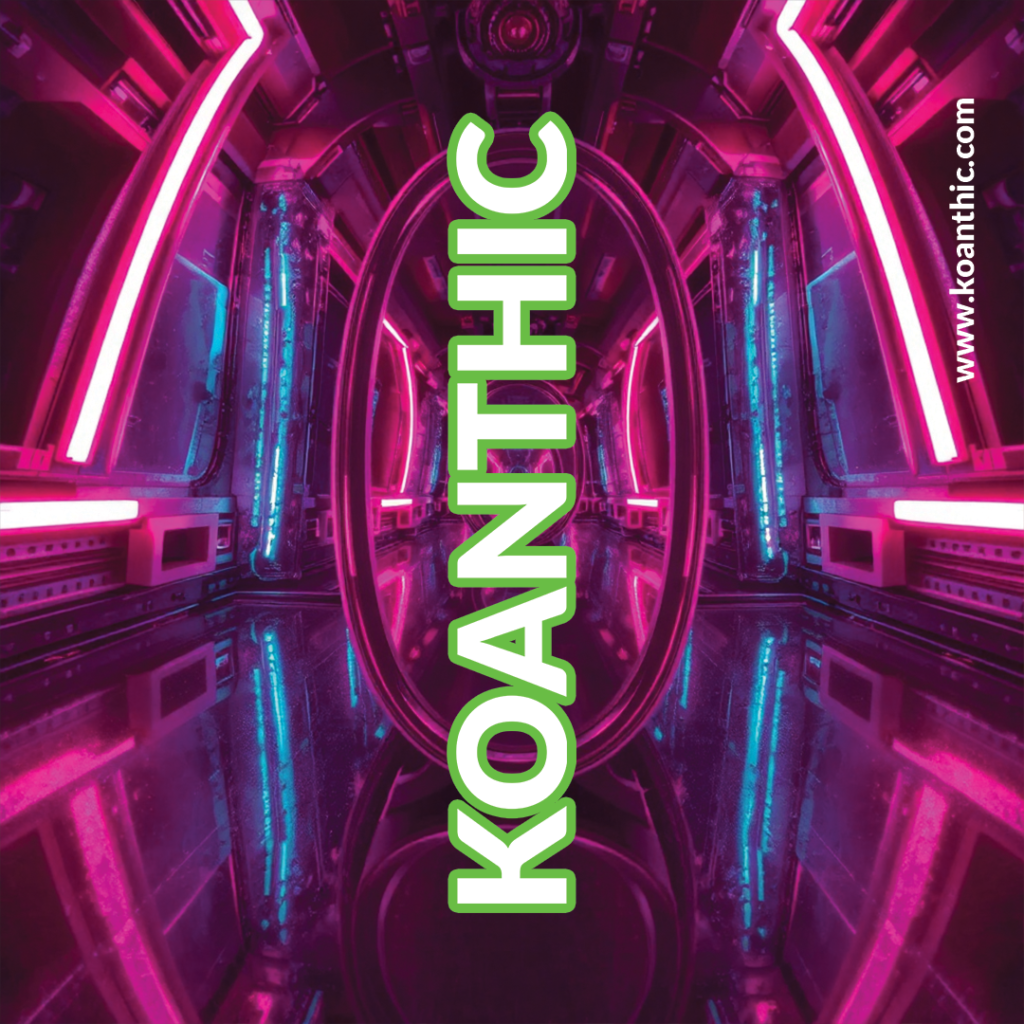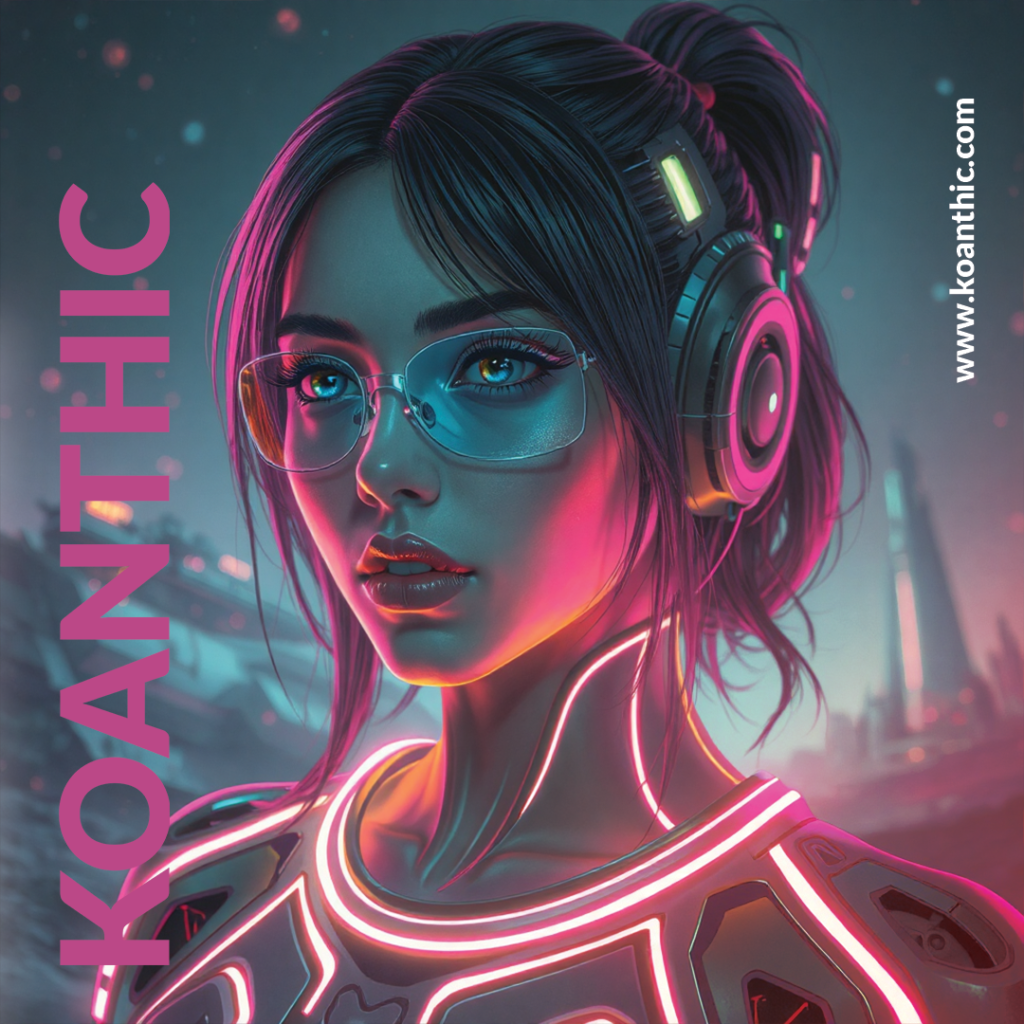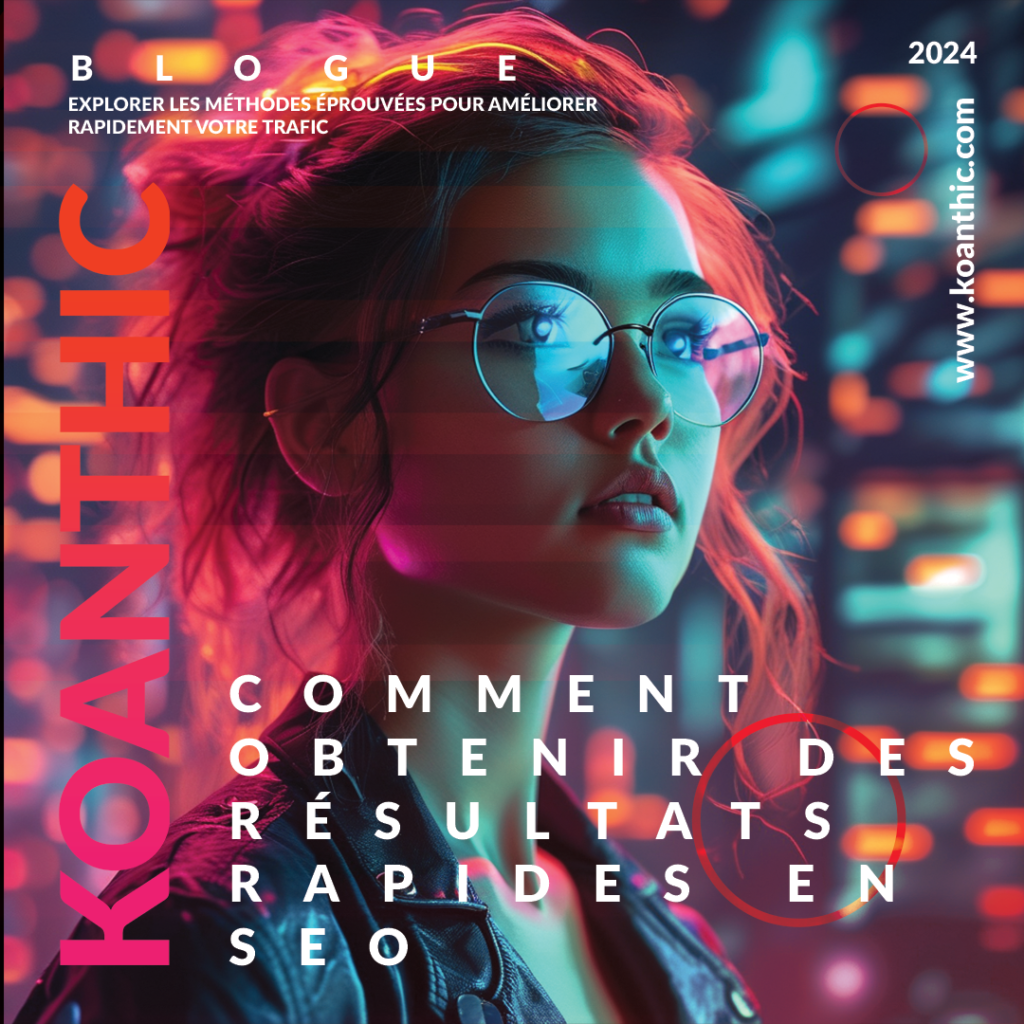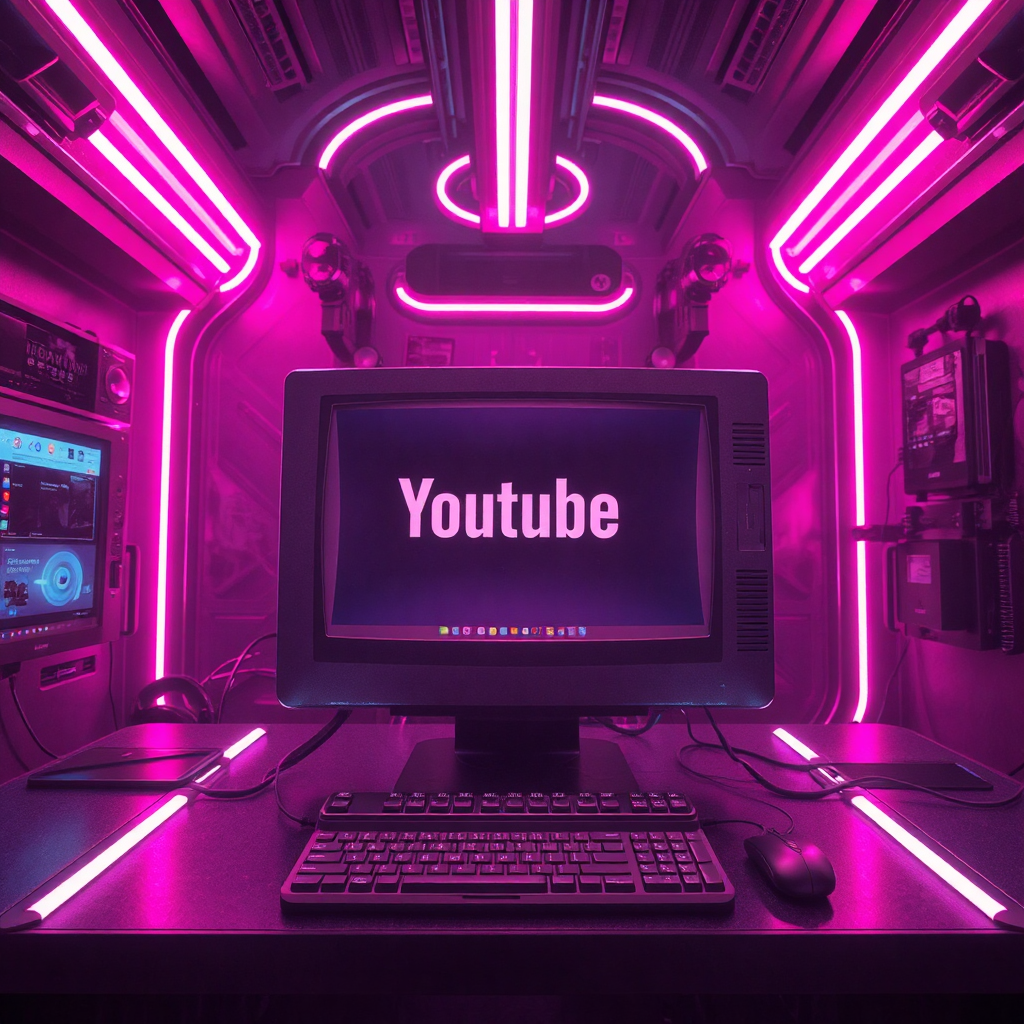Easily understand the meaning of colors and win over customers.
The meaning of color?
In a museum, you’re unlikely to feel the same emotion when you look at a blue monochrome as you do at an orange one by Yves Klein.
In marketing and communications, the mechanics are identical.
Creative artists draw on color symbolism to share values and give consumers different experiences.
Even though emotional responses vary greatly from one individual to another, we’re going to give you a few pointers on how to easily understand the meaning of colors and seduce customers.
On your pallets!
Why play with the meaning of colors?
From time immemorial, the use of colors has always been accompanied by a particular symbolism.
In the Middle Ages, red was associated with a warlike spirit, white with purity and black with humility, mourning and sadness.
Some of these symbols are still relevant today, and may even be universal, while others may be diametrically opposed, depending on the application.
Let’s take the example of red again: depending on the context, it can refer either to “fear” (we’re thinking of hemoglobin effusions in horror films) or to “love” (as all Valentine’s Day cards demonstrate!) or even to heating… Yes, it’s vast!
Evoking memories or sensations, the meaning of colors depends on many factors: the country of origin, the individual’s personal history and personality, the broader history of our civilizations… Symbolism therefore depends on culture and psychology.
As emotions are stronger than words, colors are a key issue for graphic designers and entrepreneurs.
In addition to visuals and fonts, playing with the colors of a visual identity is a way of conveying emotions to federate an audience, share values and leave a lasting impression.
In fact, 80% of consumers confirm that a simple color can help them recognize a brand.
CQFD.
Logo, website, business card, advertisement, flyer… There are many opportunities to manipulate colors in communications. We’ll give you all the information you need to make the most of the colors of the rainbow.
Meaning of colors: blue
Let’s begin our exploration with the calm of blue.
This cool primary color is one of our favorites.
Symbolizing the ocean, the sky and infinity, it is surrounded by a halo of positivity.
In fact, it’s often used by international brands and groups, as the symbolism of blue is universal.
Thinking of Facebook blue?
Legend has it that Mark Zuckerberg chose it because he is color-blind.
It’s the color he distinguishes best.
THE COLOR BLUE IN COMMUNICATION
Blue corresponds to intelligence, responsibility, seriousness, calm, stability, authority, depth, confidence, precision and efficiency. Dark blue symbolizes professionalism, while sky blue implies inner peace. The color blue is often used by public institutions, sometimes coupled with gray to reinforce the notion of expertise.
Although this color is loved the world over, it also sometimes carries negative connotations such as lack of feeling and melancholy.
FOR WHICH BUSINESS SECTORS?
- High Tech
- Laboratories and pharmaceutical products
- Cleaning products and services
- Tourism
- Finance
- Sciences
- Large groups and institutions
- Recruitment
Note that the color blue should be avoided in professions that need to create a warm, festive atmosphere, such as food shops.
Meaning of colors: orange
A blend of red and yellow, the color orange is an explosive cocktail for brands wishing to create a young, dynamic visual identity. Orange combines the warmth of red with the joy of yellow. It’s widely used in toys and food products for young and old alike, but it’s also a color representing ambition, self-confidence and communication. Anecdotally, while blue calms a feeling of hunger, orange stimulates the appetite. Above all, orange is a sparkling, lively color that attracts attention and, what’s more, recalls the color of the earth.
ORANGE AND MARKETING
Here are the symbols behind this color: warmth, comfort, dynamism, action, vitality, endurance, strength, fun, enthusiasm… Orange, so cheerful, could even encourage impulse buying.
On the other hand, orange is far from a favorite color.
It should therefore be avoided for consumer products that are destined to last over time.
On the negative side, orange can also represent frustration and frivolity.
FOR WHICH BUSINESS SECTORS?
- Food
- Games and toys
- Communication
- Consumer goods
- Sport
- Audiovisual
- Luxury (mainly for Hermès, which chose this color during the Second World War because it printed easily on cardboard…).
Meaning of colors: violet
Violet is a secondary color, derived from a mixture of blue and red.
This color is ambiguous in the sense that it is neither warm nor cold.
The result is a violet color that moves easily from luxury, to spirituality, to dream and mystery.
In short, it combines the passion and energy of red with the calm and seriousness of blue.
Did you know that purple has long been the privilege of nobility and royalty?
In fact, Queen Elizabeth made it a rule that no one outside the royal family should wear purple.
VIOLET IN COMMUNICATION
According to some studies, violet attracts 75% of afficionados. Is that why Yahoo chose this color? No. The story goes that, at the time, it was the cheapest color to paint their offices. Myth or reality? Whatever the case, in communications, violet is used to symbolize power, luxury, independence, creativity, dreams, calm, magic and femininity.
Like blue, depending on the shade of violet used, the color also represents sadness and loneliness.
FOR WHICH BUSINESS SECTORS?
- Childcare
- Food
- Perfumery
- Cosmetics
- Luxury
- High Tech
- Audiovisual
- Spirituality and personal development
Meaning of colors: red
Red is a warm, vital primary color, but it’s also one of the most contradictory.
In some countries, such as India, it represents purity, while in Africa, it symbolizes mourning and sacrifice.
In our own countries, this flamboyant color symbolizes both passion and danger (hence its use on road signs).
We can’t talk about red without also referring to politics, particularly communism.
In short, red is an emotionally intense color that has everything it takes to attract attention.
RED IN MARKETING
Red is reserved for young, ambitious brands with strong messages. This color symbolizes passion, strength, intensity, self-confidence, seduction… As red is an impetus to action, it is also used extensively in call-to-action design (“add to cart”, “order”, “click here”…). Red is also said to stimulate the appetite, hence its redundant use in the food and catering industries.
It all depends on the context, of course, but red can also signify anger, aggression and violence.
Mixed with yellow and blue to create a brown color, the result is a rather masculine symbolism, rooted in reality.
FOR WHICH BUSINESS SECTORS?
- Retail
- Retail trade
- Advertising
- Media
- Lingerie
- Sport
- Video game
- Food
- Catering
Focus on neutral colors: the meaning of black and white
Although used for luxury, since it signifies elegance, refinement and power, black is a neutral color that is often used for the production of texts or functional content. The same goes for white, which, although it represents elegance, purity and sobriety, remains a neutral color since it is used to highlight other colors.
Meaning of colors: yellow
Yellow is also a warm color, similar in meaning to red and orange.
Symbolizing the sun, yellow is full of energy, warmth and benevolence.
It can also represent wealth and refinement in some countries, while in others it’s associated with treachery and jealousy.
Yellow is an eye-catching color, which is why cabs have chosen it!
YELLOW IN COMMUNICATION
In marketing, yellow symbolizes a brand’s sparkle, dynamism, speed and spontaneity. It is used to communicate low prices and sales, particularly in combination with red. Some brands, particularly in the food sector, use it in abundance. Despite its invigorating effect, yellow should be handled with care, as it can symbolize lies or, if too pale, illness.
FOR WHICH BUSINESS SECTORS?
- Retail
- Food
- Event communication
- Professional equipment
- Games and toys
- Energy
- Bar and catering
- Tourism
- Entertainment
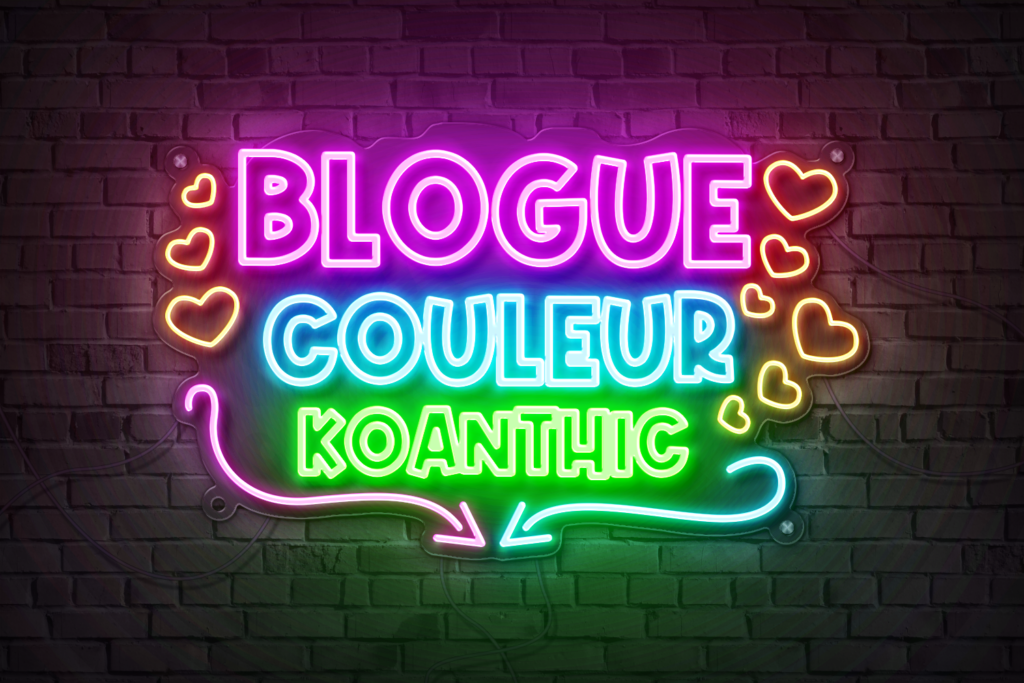
Meaning of colors: green
We end this article on the meaning of colors with green.
A natural color, it calms tension, brings serenity and shares values of growth and balance.
Of course, on the other side of the Atlantic, green also signifies money and is therefore used to symbolize prosperity.
So it’s hardly surprising that a number of banks in France have also adopted it!
GREEN IN MARKETING
Green is one of the most pleasing colors to the human eye. However, it’s not used for every purpose, as the color green is limited to very specific sectors: environment, sustainable development, health and well-being, organic products and also… finance.
Other players such as Google and Microsoft have chosen to mix green with other colors to instill a sense of balance and growth.
Green represents youth, harmony, health, security and sincerity. Conversely, it can also symbolize immobility and envy.
FOR WHICH BUSINESS SECTORS?
- Environment and ecology
- Solidarity
- Organic products
- Banking, insurance
- Food
- Green energy
- Tourism
- Public institutions
- Social organizations
As you’ve seen, choosing colors isn’t easy, especially if you want to give meaning to your project and your brand.


